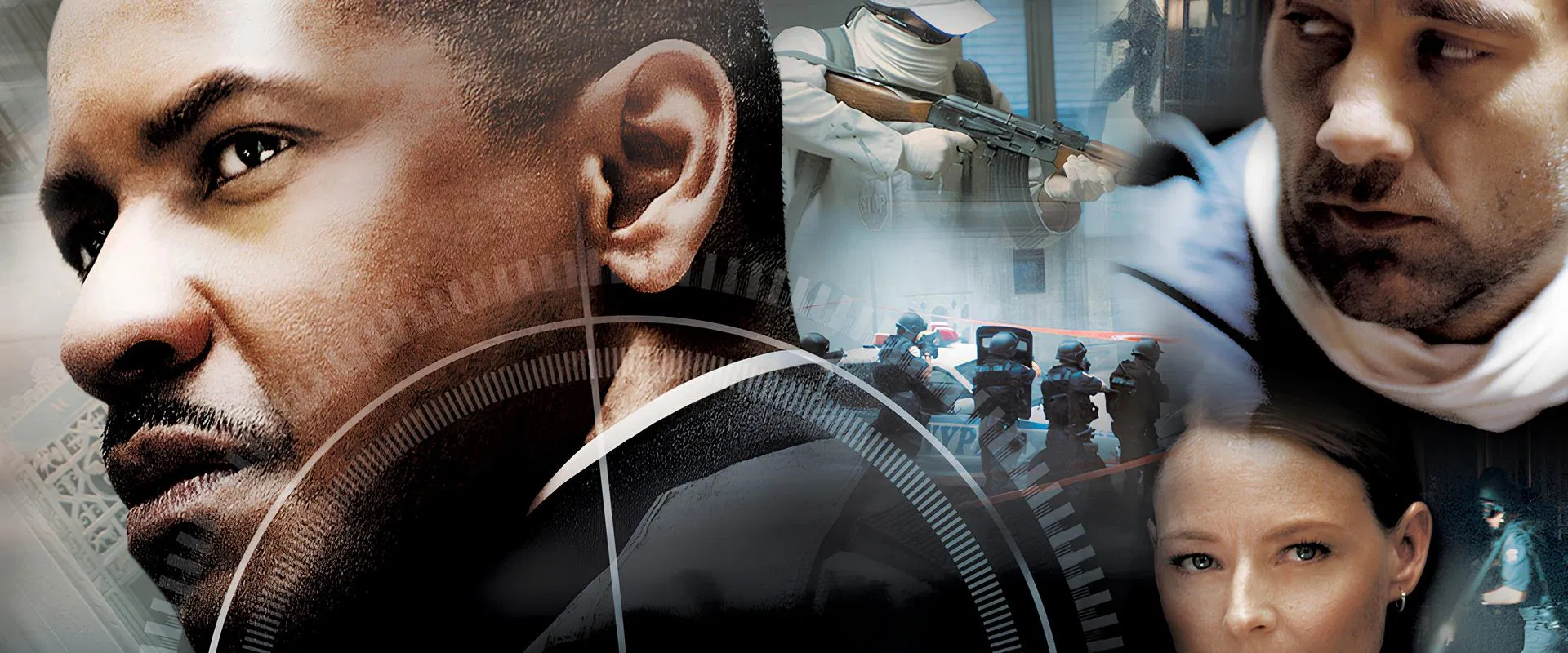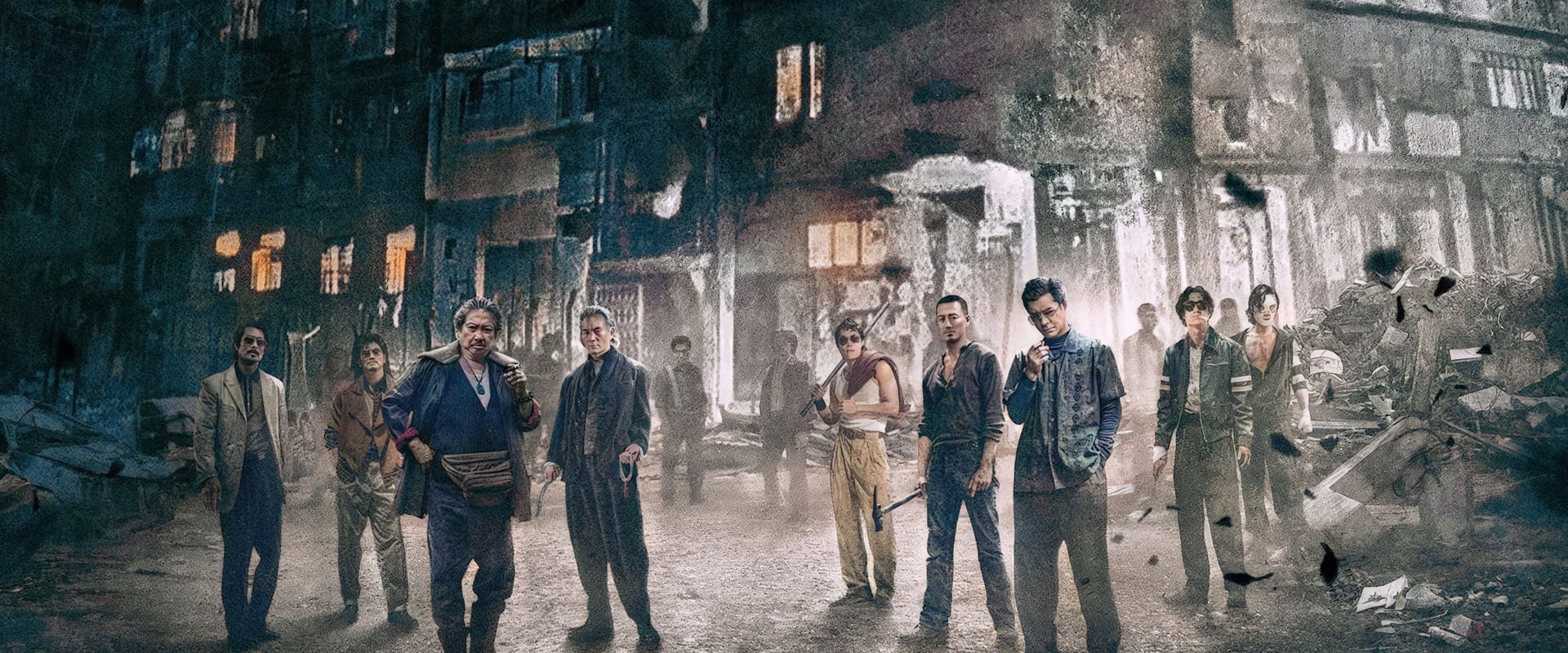From its first, brash wink at the audience—Clive Owen, all gallows cool, staring right through the screen and telling us, with devilish confidence, how he will commit the “perfect robbery”—Spike Lee’s “Inside Man” broadcasts what so many lesser heist films merely whimper: this one is playing a totally different game. What Lee is pulling off here, working with Russell Gewirtz’s Rube Goldberg screenplay (which, for once, doesn’t collapse under its own cleverness), is a kind of conjurer’s trick—not just a “how did they do it?” but a “what are they doing, and why?” And, miraculously, by the end you might just feel like an accomplice, too.
Of course, anyone subjected to the limp, Netflix-branded knockoff that is “Inside Man: Most Wanted”—which has the caustic flavor of cold takeout pizza and Money Heist cosplay—will feel their jaw unclench, remembering what real intrigue tastes like. Lee’s film bursts with energy, bravado, and specificity; “Most Wanted” by contrast is a flat echo, written on autopilot, and so crassly derivative it makes you nostalgic for competence. To call the sequel a cash grab would be to insult the intelligence of burglars everywhere. But back to the real prize.
For a story that revolves around masks—the robbers in their painter-white uniforms, the city’s power brokers with their more expensive disguises—Lee orchestrates his ensemble with a conductor’s flair for mounting tension and urban symphony. The old saw is that crime films are formula—hostages in, police out, negotiations, escalation, and the inevitable shootout that feels like an after-dinner mint. Here, that playbook is put through a paper shredder and turned into confetti.
Much of the film’s singular genius comes from its performances. Denzel Washington, twice as charismatic as the script even demands, is the kind of urban knight Lee adores: world-worn, unsinkable, questioning the system but never entirely outside it. It’s an unexpectedly sly performance, his Frazier negotiating not just with the bank’s thieves but with the muck that passes for justice in post-9/11 New York. He wears authority like a well-fitting suit and lets the doubts slip out at the edges. Clive Owen, too often an afterthought in his Hollywood forays, is here transformed—part shadowy chess master, part film noir philosopher, and every bit an actor who knows the value of stillness, especially when a script lets him wear a mask for half its running time. He makes Dalton Russell’s intellect cut through the chaos, his voice as crisp as broken glass, utterly unflappable. In “Most Wanted,” by contrast, we get posturing—actors pausing for applause that never comes, mugging for a script that explains instead of seduces.
Let’s linger for a moment where both films diverge like a penthouse and a parking lot: Jodie Foster’s Madeleine White, that smirking fixer with a Rolodex for every sin and a moral compass set to freelance. Foster glides through her scenes with a feline charm, appraising everyone and everything—Denzel’s detective, the city’s mayor, even Christopher Plummer’s rotting conscience—like a chess player looking several moves ahead. The world bends for her but not without the threat of snapping. She’s the adult in a playground of aspirants; “Most Wanted” would kill for a single moment of her enigmatic mischief. The sequel’s stand-in for intrigue is Nazi trivia and a masked femme fatale—reminder, if you needed one, that skillful ambiguity is its own lost art.
There’s Spike Lee’s Manhattan, too—a character in its own right. You feel it in the bustling street corners, the prickle of racial tension (no director can turn a casual stop-and-frisk into a taut lesson in prejudice quite like Lee, as in the Sikh hostage’s confrontation). Every supporting face—Ejoifor’s loyal partner, Dafoe’s macho cop, even the city’s perpetual bystanders—carries the flavor of a New York lived in, not designed for Netflix thumbnail art. “Most Wanted” might as well be set on a backlot, as anonymous as a bank lobby after hours.
And then there’s the plot: arguably its cleverest con. “Inside Man” never confuses complication for depth—the threads are lean, the details crisp, every red herring tossed out with confidence, not hidden in confusion. It dares to place both its crooks and its cops on the same chessboard of moral ambiguity, where Nazi war crimes, shady bank origins, and slippery corporate “fixers” are the real villains. By the time the twist reveals itself (with Owen strolling out of his self-made tomb, a diamond dropped like a benediction in Denzel’s pocket), you aren’t just gasping at the audacity; you’re grinning in collusion.
Yes, some character arcs fizzle rather than crescendo, and a few odd directorial quirks (hello, Bollywood!) threaten to derail the tone. But this is cinema with pulse, curiosity, and genuine intelligence—crafted for grown-ups who’d like a little mystery left in the world. The dialogue sparkles between feints and feuds; the pacing never sags. Even the squarest cop gets his moment of grace, just before the rug’s pulled out from under him.
In the end, what “Inside Man” offers—and “Most Wanted” pathetically mimics—is the pleasure of a genre film that remembers why these games of masks and motives ever excited us in the first place. Suspense isn’t just a matter of noise and flash; it’s that giddy, complicit feeling of being in on the trick.
Go back to “Inside Man” and let yourself be deceived, delighted, hustled. In a cinematic era of bargain-bin knockoffs, this one’s the real score.


